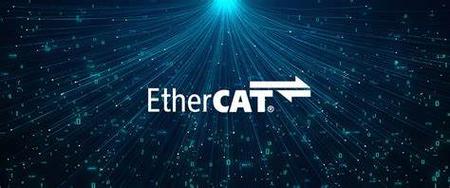Understanding ETH and DASH: A Comprehensive Guide
When diving into the world of cryptocurrencies, two names often stand out: Ethereum (ETH) and Dash (DASH). Both are popular digital assets, each with unique features and purposes. In this article, we will explore the ins and outs of ETH and DASH, providing you with a detailed understanding of their characteristics, uses, and the communities surrounding them.
Ethereum (ETH): The Smart Contract Platform
Ethereum, often abbreviated as ETH, is a decentralized platform that enables the creation of smart contracts and decentralized applications (DApps). It was launched in 2015 by Vitalik Buterin, a Russian-Canadian programmer.

| Feature | Description |
|---|---|
| Smart Contracts | Self-executing contracts with the terms of the agreement directly written into lines of code. |
| Decentralized Applications (DApps) | Applications that run on a blockchain network, eliminating the need for a central authority. |
| Ethereum Virtual Machine (EVM) | A virtual machine that executes smart contracts and DApps on the Ethereum network. |
Ethereum’s native cryptocurrency, Ether (ETH), is used to pay for transaction fees and computational services on the network. The platform has seen significant growth over the years, with a strong developer community and a wide range of DApps built on top of it.
Dash (DASH): The Privacy-Centric Cryptocurrency
Dash, often abbreviated as DASH, is a decentralized cryptocurrency that focuses on privacy, speed, and ease of use. It was launched in 2014 as a fork of Bitcoin (BTC), aiming to improve upon its original design.
| Feature | Description |
|---|---|
| InstantSend | A feature that allows transactions to be confirmed almost instantly, without waiting for network confirmations. |
| PrivateSend | A feature that allows users to mix their coins with other users, making it difficult to trace the origin of the funds. |
| Decentralized Governance | A system that allows Dash users to vote on important decisions affecting the network. |
Dash’s native cryptocurrency, Dash (DASH), is used for everyday transactions, with a focus on privacy and security. The network has gained a strong following among those who value privacy and speed in their transactions.
Comparing ETH and DASH
While both ETH and DASH are popular cryptocurrencies, they differ in several key aspects:

- Use Case: ETH is primarily used for building smart contracts and DApps, while DASH is focused on privacy and everyday transactions.
- Technology: ETH uses the Ethereum Virtual Machine (EVM) for executing smart contracts, while DASH uses a unique combination of InstantSend, PrivateSend, and decentralized governance.
- Market Cap: As of the time of writing, ETH has a significantly larger market cap than DASH, reflecting its broader use case and community support.
Community and Development
Both ETH and DASH have strong communities and active development teams. The Ethereum community is known for its innovation and dedication to the platform’s growth, while the Dash community values privacy and user-friendliness.
Ethereum’s development team is led by Vitalik Buterin, who has been instrumental in shaping the platform’s future. Dash’s development team is also highly regarded, with a focus on implementing new features and improving the network’s performance.
Conclusion
Ethereum (ETH) and Dash (DASH) are two of the most popular cryptocurrencies, each with unique features and purposes. Whether you’re interested in building smart contracts and DApps or prioritizing privacy and speed in your transactions, both ETH and DASH offer valuable options. By understanding the differences between these two digital assets, you can make informed decisions about your cryptocurrency investments.
